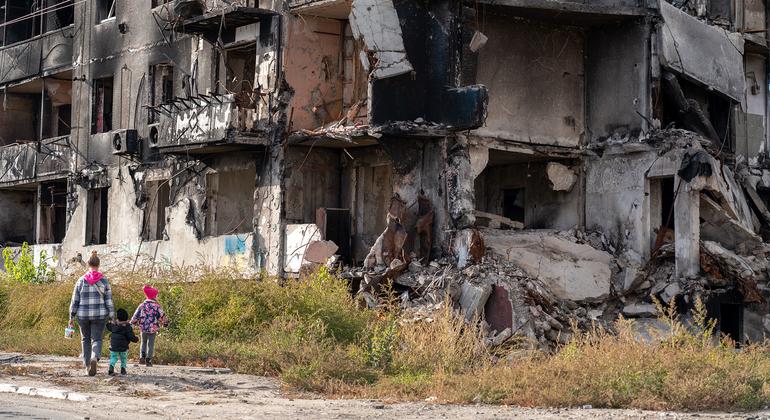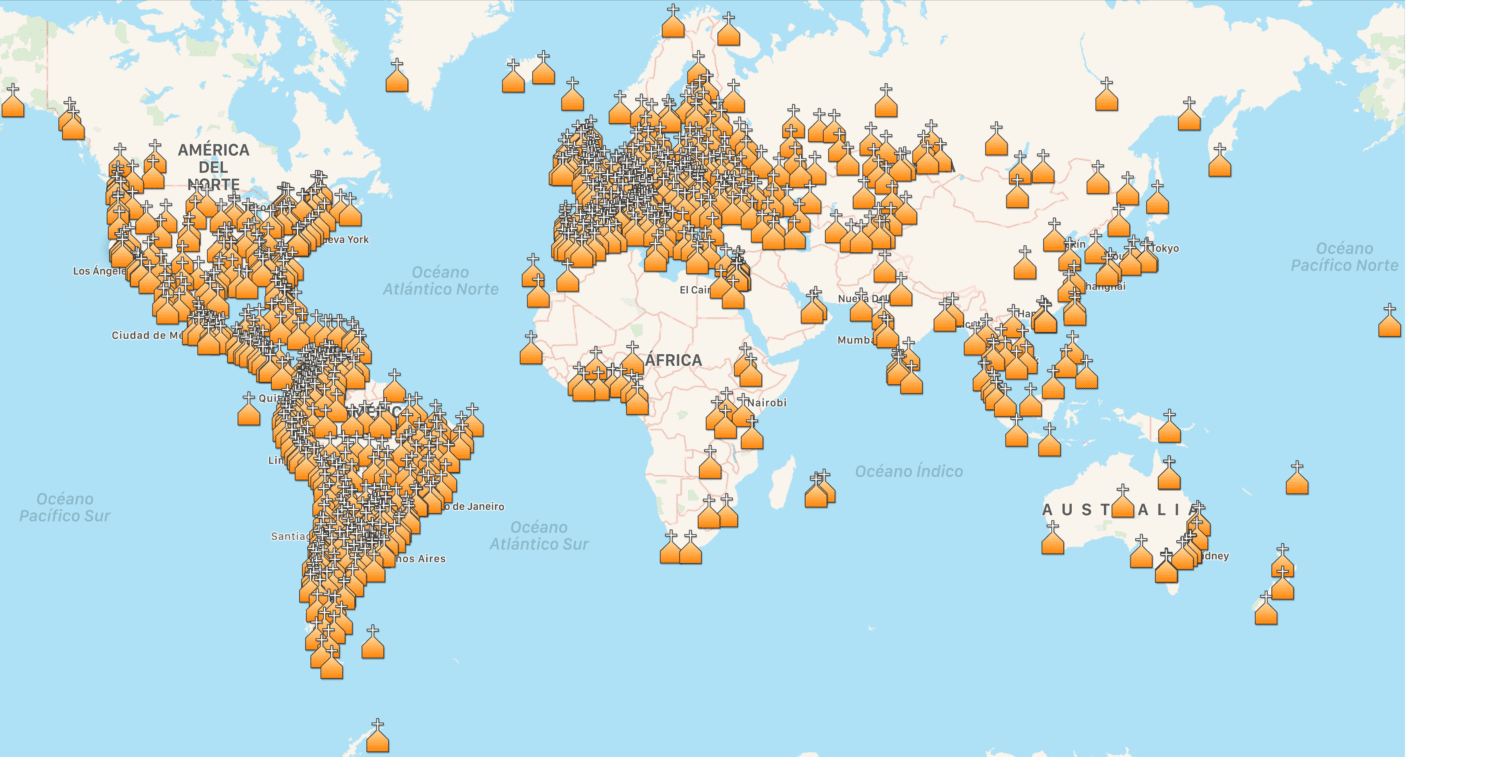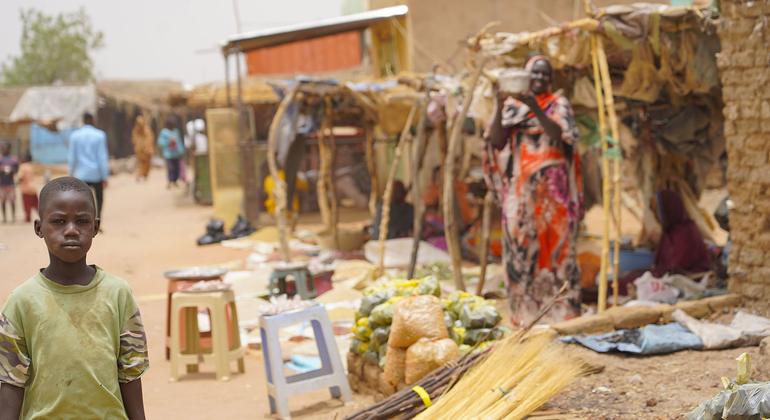In order to federate the different activities in the drug prevention fields of the hundred of Say No To Drugs European organisations and groups located in some 20 countries across Europe, the Foundation for a Drug Free Europe (FDFE) was created in March 2004, during the 47th Session of the Commission on Narcotic Drugs (CND) of the United Nations Office on Drugs and Crime (UNODC).
Since its creation (1946) the CND purpose is “to review, analyze the global drug situation, considering supply and demand reduction. And to take action through resolutions and decisions.” The CND is mandated “to decide on the scope of control of substances under the three international drug control conventions (1961, 1971 and 1988 Conventions).”
20 years of hard work
20 years later (March 2024), pursuing its Mission purpose, the FDFE is aware, since a decade, of the push of the high levels drug dealers whether they are “white-collars”, including Big Pharma (providing the precursors), the psychiatric field always complaining for “more resources” to get results, of all the NGOs money-centered in guise of “help”and concerned by the drug business with harm reduction, shooting rooms, making an illegal drug use legal, broadly using the “no-stigmatisation” to support them, highly using substitution treatments (legal drugs vs. the same illegal ones) but rarely promoting an effective rehabilitation not to say the prevention!
The first only basic action which can curtail the drug availability is the primary prevention at the youth level with the full support of a government enough concerned by the health of his population and of its developing youth, to take the correct decision about the drug expansion! There had been enough discussions years after years by the UNODC/Governments on the subject, but few realisation at the grass root levels despite the UNODC efforts. The worst is when governments are violating the Conventions and deciding to “legalize” some most common used drugs (to make more money…) but omitting to consider the following health expenses directly or not in relation with these drug use.
So, 2024 had been an opportunity for FDFE with the key support of the Fundacion para la Mejora de la Vida, la Cultura y la Sociedad having the ECOSOC status, to organize the side-event “20 Years of Good Practices of Drug Prevention for a Drug-Free Europe, at the UN, 21th March, Room MOE100, 14:10-15:00, during this 47th Session of the CND, always in Vienna (Austria) in the huge Vienna International Center (VIC).
In the following, we will strive to share with you the importance of prevention, education and illustrate what can be done at a responsible NGO level to revert the drug use trend among the youth.
About FDFE and the Drug Problem
FDFE is a non-profit NGO established in March 2004 (20 years ago!) and a partner of the Foundation for a Drug-Free World, freely providing the educational materials. FDFE is also member of different international organisations and had been invited across the world to present its educative materials of prevention, now translated in 17 languages!
The Drug Problem!
In all countries, from the richest to the poorest, drugs are challenging the health, weakening the education, flooding the criminal justice, threatening the social welfare and the economy, perverting the political system, generating huge wealth and power for the few and limitless harm and misery for the many, costing millions of lives and endangering the very sustainability of communities.
This alarming statement was written about 6 years ago. But despite the repeated warnings of UNODC, today all these points that have not been taken up seriously by the different authorities are unfortunately and durably affecting a still drug-affairs ignorant social fabric!
Our different European fields of activity:
Fully aware of the importance of acting at grass roots levels, directly concerned by the harming effects of drug use, FDFE developed many Drug Prevention Centers across Europe, and is currently working with a hundred of associations and groups located in: Austria, Belgium, Bulgaria, Cyprus, Czechia, Denmark, Finland, France, Germany, Greece, Hungary, Ireland, Italy, Luxembourg, Netherlands, Norway, Portugal, Romania, Slovakia, Spain, Sweden, Switzerland, Ukraine, UK, etc.
So, to harmonize the activities, educative materials were developed:
-14 factual booklets from the series The Truth About Drugs.
As a reminder, the first “educative booklet” had been written in the 1980ies in Switzerland by a colleague and already using scientific data. He was eager to warn the youngsters about the untold harming effects of the drug use. Based on its success, the idea had been progressively developed across the world to reach today the number of 14 booklets in 17 languages. They have even inspired some governments or be used by them to inform and protect the youth from the drug use!
-A Documentary DVD with testimonies from former drug addicts, and short Public Service Messages (as for TV channels).
-A full education package Guide with lessons for teachers and educators.
The final purpose is to empower the youth and young adults with scientifically proven facts, easily understandable. So, fully aware of the drug reality, away of dealers and marketing influences, they can responsibily make an informed decision.
FDFE, its associations and groups are definitely supporting the UN International Drug Control Conventions (1961, 1971, 1988), the Convention on the Rights of the Child (1989), the 17 Sustainable Development Goals (2015-2030), the activities of the European Monitoring Center (EMCDDA) and of the different agencies protecting the European borders.
During the Opening of the 67th Session of the Commission on Narcotic Drugs, 14th March 2024, the UNODC Director-General/Executive Director, Ghada Waly, again, clearly positioned the problem and the needed actions:
“The international drug control conventions have a timeless goal at their heart: the health and wellbeing of humankind.
“UNODC pledges to stand with you for a healthier, safer, and more prosperous future for all.”
“And we must invest far, far more in prevention, with a special focus on children and adolescents, who are more likely to develop disorders the earlier they begin drug use.”
Our Actions on the European Ground
To fit in the 50 min allocated time for the side event, 4 associations were selected to compose our panel:
1) Sag Nein Zu Drogen, Zag Ja Zum Leben (Austria).
This is a non-profit Organisation for drug education and prevention with the following goals: A society without abuse of drugs, alcohol and medication or other narcotics.
To raise public awareness about the destruction caused by drugs and to provide young people and adults with the facts so that they can make informed decisions about living a drug-free life.
This is achieved by contacting the youth and people where they are and making the real facts about drugs available to them.
2) Say No To Drugs (Belgium)
3) OUI à la Vie, NON à la Drogue (France)
In a recent interview (on Boulevard Voltaire – March 2024), Professor Xavier Raufer from Paris-Sorbonne, criminologist and specialist in social and political violence, terrorism and organized crime, considers that the recent attacks in Marseille (49 killed and 123 injured in one year) perpetrated by gangs and traffickers can be solved in 6 months! He said that the central question is not the one of means or even of political will, but of a currently missing political decision and the willing to face and to confront the 3 possible gangs weapons: intimidation, violence or assassination. X. Raufer said that they have in France the appropriate and national highly trained organization to solve this drug problem, in 6 months…
Indeed, the gangs will never dare to confront the State apparatus, especially since the French regalian State (those rights which belong exclusively to the State and cannot be delegated) is one of the strongest in Europe. The problem comes from the lack of orders…
4) Mondo Libero Dalla Droga (Italy)
In Fine,
Too often we are forgotting that all these psychotropic substances from plants, small animals, these “secondary matabolites” are only synthezised to defend the concerned species against any possible predator, including humans!
Being in direct contact with the population, youth, parents, teachers, institutions, and even former drug users and for many, how they went out of the dependance the hard way, we are deeply convinced that education is the real drug basic solution as already noticed 500 years ago by Leonardo da Vinci, and also later by Will Durant.
Starting by an early Prevention, that has to be continued along the curriculum, using progressive educative tools, and with a sane consensus from the Governments and Communities, this will enable to empower the youngsters on the harmful effects of illicit drug use.
Thus, aware, they can make an informed decision for a clean and successful life and realize their natural talents.
oOo
More on:
https://www.unodc.org/unodc/en/speeches/2024/cnd67-opening-remarks.html














